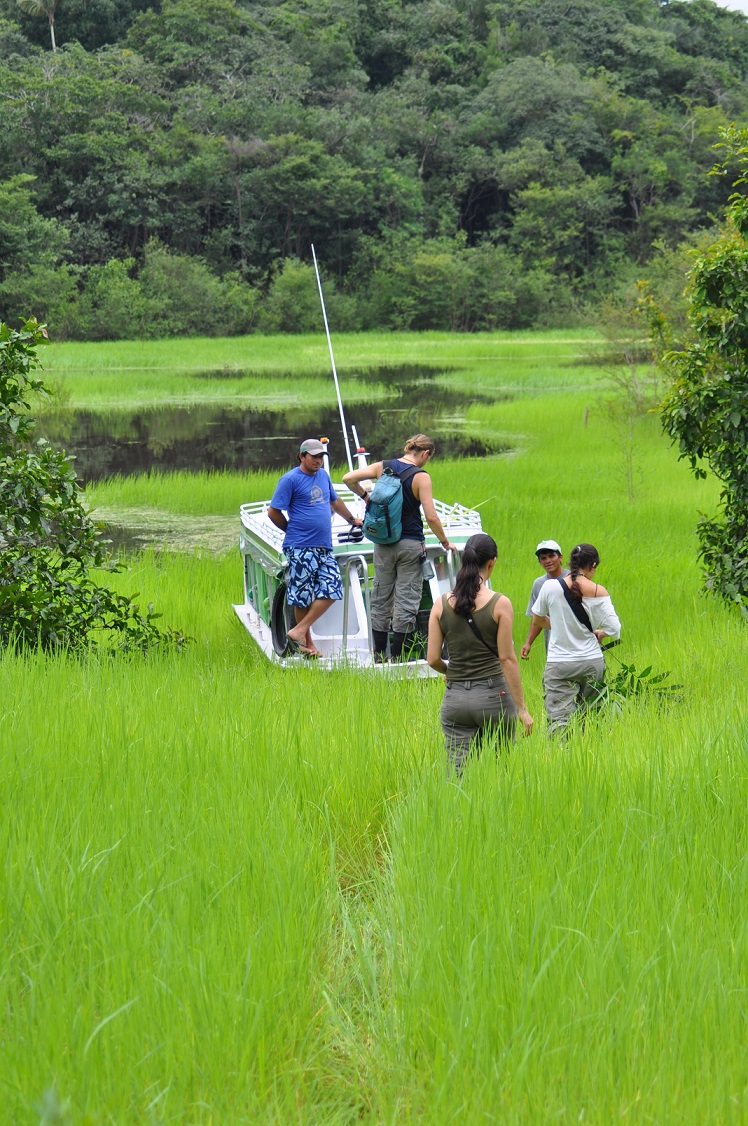Accomplishments
Local Livelihoods
Ensuring that conservation balances social and environmental objectives has long been part of our work in Brazil. From the 1980s WCS was a strong supporter of research in the Mamirauá wetlands of Amazonas, which led to the creation of the first Sustainable Development Reserve, SDR Mamirauá, in 1990.Since then, WCS has continued to support SDR Mamirauá and enabled their expertise to be shared to ensure the creation of SDR Piagaçu Purus in 2003. WCS support was critical to both reserves in their early years, and today both have strong programs that integrate livelihoods into conservation.
Careful management to reduce the risk of over harvest of natural resources can be combined with work to improve supply chains, ensuring that the local producers receive a fair price when trading. This can be by adding value to the a harvested resource by processing it locally; accessing markets more directly by cutting out middlemen; or accessing differentiated markets that pay a premium for sustainable products. In the case of natural resources that can potentially contribute to sustainable income, WCS is interested in improving management, production practices, and market chains so that local people receive a fair price for environmentally sustainable products.

On partner ranches in the Pantanal, our pilot studies began in 2005 and showed that heavy cattle use of wetlands and forests associated with traditional continuous grazing practices negatively impacted aquatic habitats, forest understory, and wildlife communities. This two year study led to the first publication on sustainable land-use practices using native pasture in the Pantanal (‘Rotational grazing of native pasture lands in the Pantanal: an effective conservation tool.’Tropical Conservation Science4:39-52). A management alternative,i.e., rotational grazing, had clear environmental and financial advantages.Mean cattle weights were 15% heavier and pregnancy rates 22% higher for a herd using the rotational system, and based on the abundance of forage, the potential stocking rates of the rotational system were two to six times higher than rates typically used for continuously grazed areas. Since then we have expanded our work to other farms, and more recently into the Pantanal highlands, to continue to promote maximizing the efficiency and profitability of already developed lands, in order to minimize economic incentives for additional deforestation and natural habitat conversion. We also offer capacity-building courses to across-section of rural community members, focusing on sustainable land-use -management techniques and the importance of preserving natural resource
.